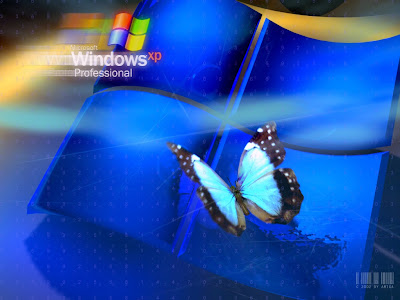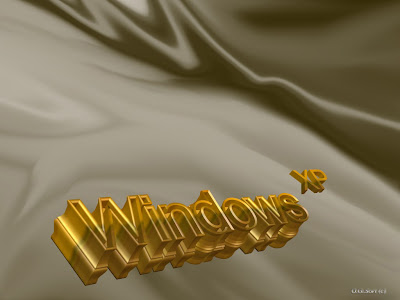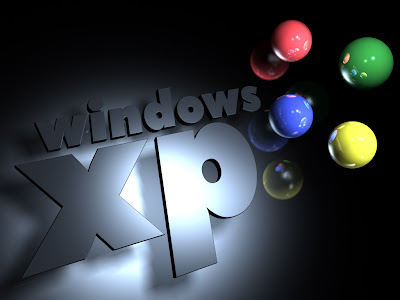DVD-RAM Information
In this glossary item, we are lucky enough to have some answers from Tony Jasionowski of the DVD-RAM Promotion Group to publish. These were kindly given to AfterDawn by RAMPRG (the DVD-RAM Promotion Group) after we were offered a discussion in late 2005. Reading through this glossary item, you will find some quotes from Mr. Jasionowski.
Wide Variety of Uses
DVD-RAM discs are commonly used in DVD Recorder Equipment and Camcorders. Due to the availability of fast On-Disc Editing, storing your own recordings on DVD-RAM has advantages over storing on other formats. Also, imagine using the disc like a hard disk drive, using the same disc to store data from several sources whether its a DVD recorder, Camcorder or just plain computer files. RAM-compatible hardware can read/write a DVD-RAM disc containing mixed data types.
DVD-RAM's random access capabilities give it more of an edge over its rivals also.
Random Access
The Speed of DVD-RAM
Defect Management
More DVD-RAM Facts
- DVD-RAM discs are sold with or without cartridges. Originally they were sold only in cartridges but now some RAM-compatible devices don't even support those discs anymore. A disc with a protective cartridge costs more.
- DVD-RAM does not use Magneto-Optical technology despite being widely believed to do so.
- Linux supports DVD-RAM operation directly
- Mac OS (v8.6 or later) supports DVD-RAM operation directly.
- DVD-RAM discs can be single sided 4.7GB one layer discs or double sided 9.4GB one layer discs. 80mm 1.46GB discs are also available.
- Most stand-alone DVD players and recorders, particularly older models, do not support DVD-RAM





